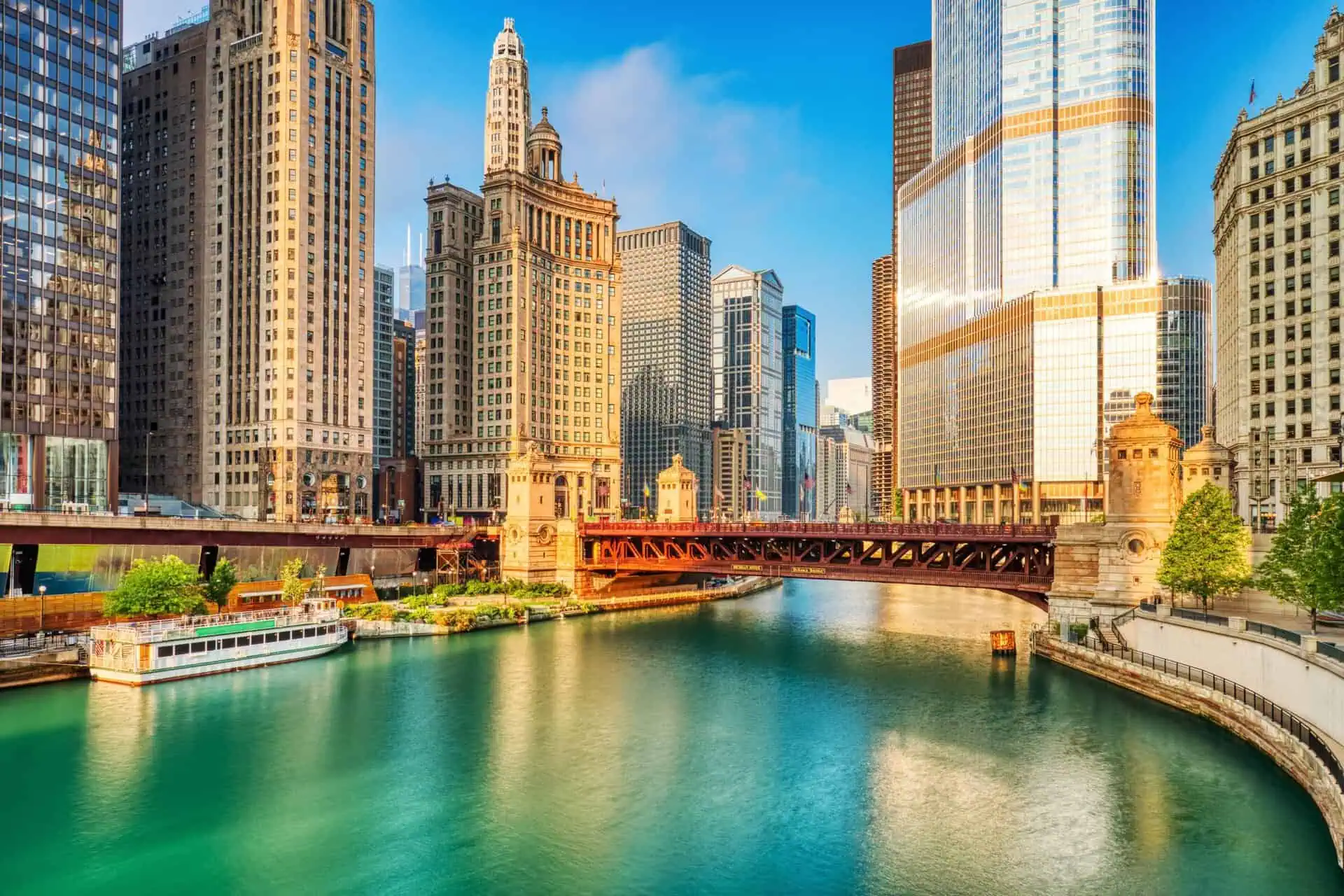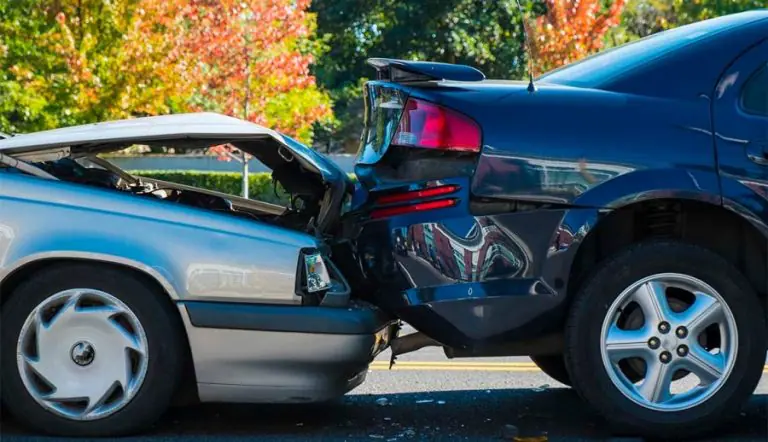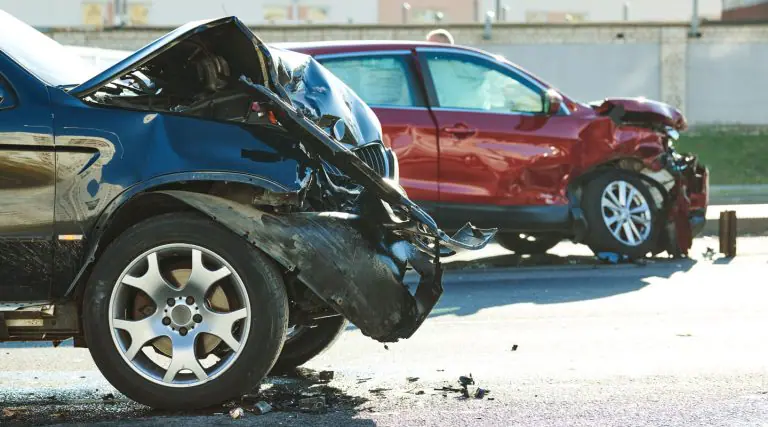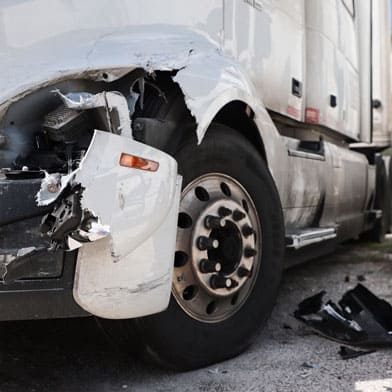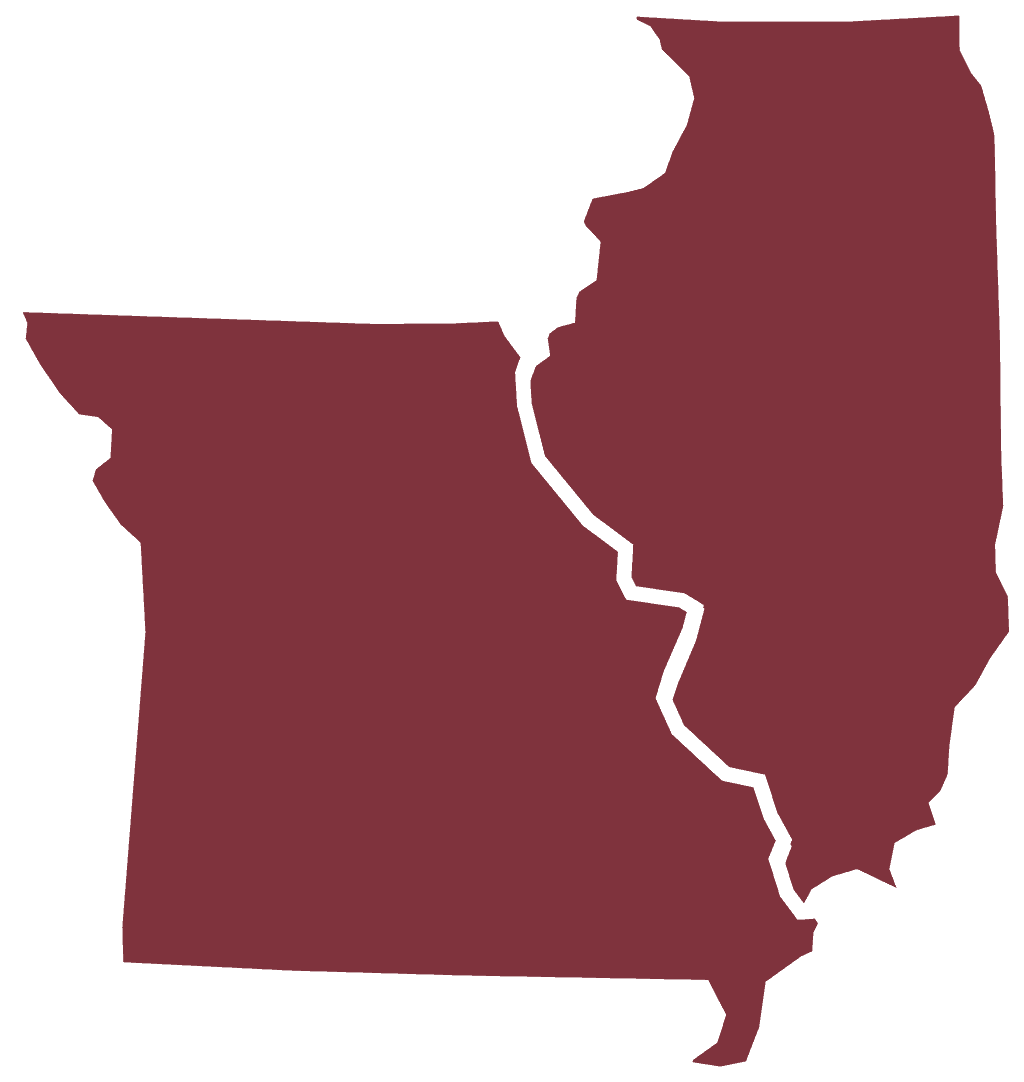According to Illinois law, the person(s) who is in control of the property (premises) is the individual or group who currently occupies and controls access to the premises.
Even if you are not the property owner, you may be liable for incidents that occur on a property where you reside if you control who is invited onto the property.
The legal obligations that a property owner owes to other persons within the boundaries of the owner’s property are protected under premises liability in Illinois.
Those duties of the owner are defined by the “duty of care”, the reasonably expected level of care that the average property owner and a visitor would expect of the property owner to ensure safety for all visitors.
A Chicago premises liability lawyer can help victims determine what the “duty of care” expectations would likely be, to help justify legal action.


